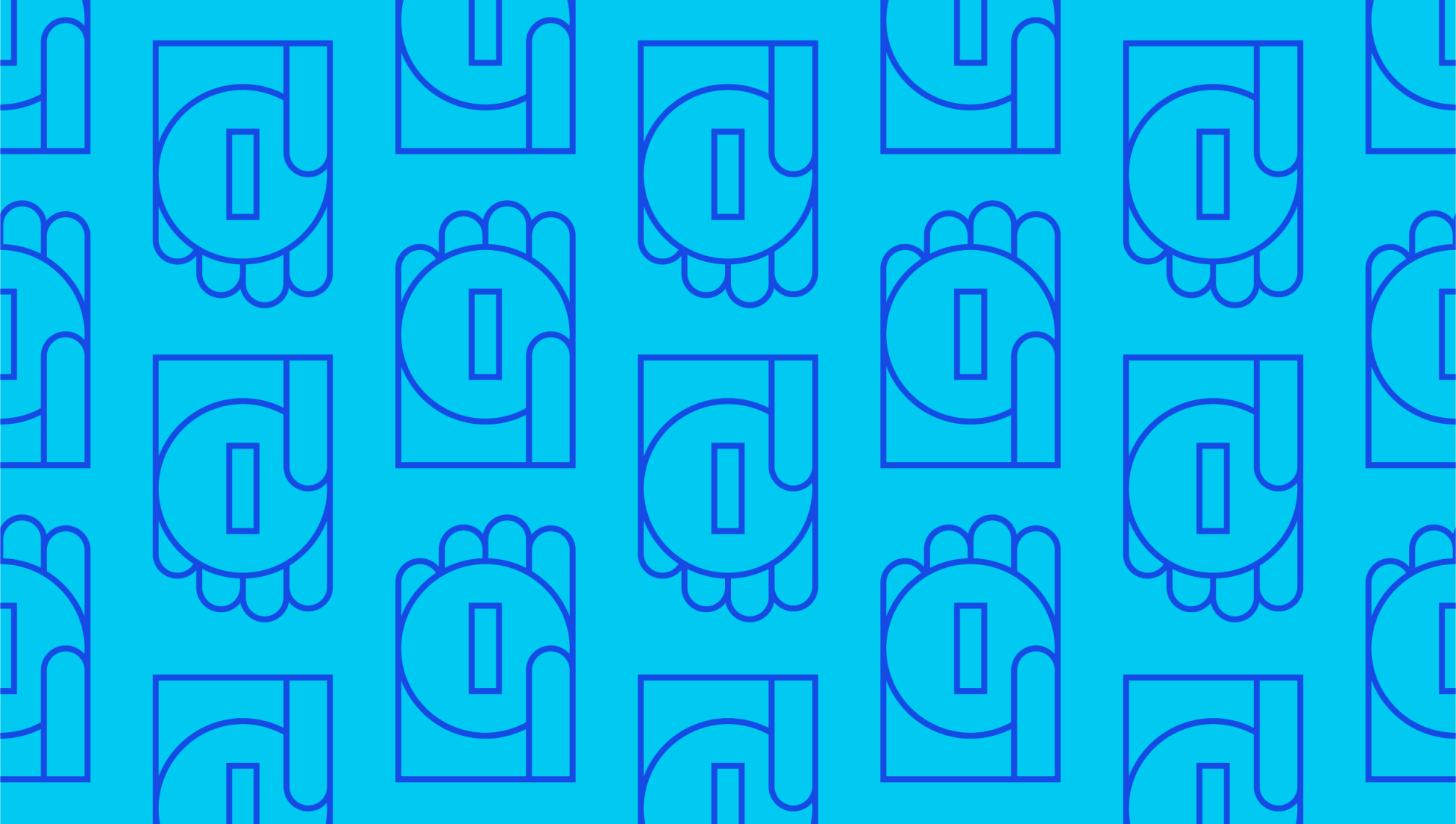Last editedMar 20232 min read
When it comes to collecting payments, direct bank transfers are both convenient and efficient. Yet there are some major differences between push-based payments like standing orders, and pull-based payments like ACH debit. Before you start accepting standing order payments from your customers, it’s important to understand the standing order definition. So, what does standing order mean, and what are the disadvantages of standing orders?
Standing order definition: what are standing orders?
Standing orders provide a way for individuals or businesses to make a payment using their bank account. The payer provides instructions to the bank, specifying the amount of money that should be sent. Fixed amounts are sent at fixed intervals, making it a common payment method for recurring or subscription payments that don’t involve any variation. If you want to learn more about how standing orders work, you can read our full guide to standing orders here.
How to collect ACH Debit payments with GoCardless
1.
Create your free GoCardless account, access your user-friendly payments dashboard & connect your accounting software (if you use one).
2.
Easily set up & schedule ACH Debit payments via payment pages on your website checkout or secure payment links.
3.
From now on you'll get paid on time, every time, as GoCardless automatically collects payment on the scheduled Direct Debit collection date. Simple.
Disadvantages of standing orders
Now that we’ve cleared up how standing orders work, here’s a rundown of a few reasons why they might not be the most ideal payment method.
1. There is a lack of flexibility with the payments.
When a standing order is set up, it’s for a fixed amount and frequency. The merchant doesn’t have any way to adjust this amount or frequency without getting in touch with the payer. This makes it a far less flexible payment method to pull-based payments like direct debit.
2. Payments are customer dependent.
To set up and complete a standing order, the customer needs to get in touch with their bank for processing. This puts the customer in full control over the payment, as with other push-based payments like bank transfers, cash, and checks. It leads to uncertainty for the merchant. Customers can modify their payments without any advance notice – and it can be days, weeks, or longer before the merchant even notices.
3. There can be payment delays and failures.
Because the customer is in control, there’s the potential for something to go wrong during the payment process. Payers don’t always set up their standing orders on time, leading to payment delays and resulting issues with cash flow. In fact, 69% of US small business owners report being kept up at night due to worries about cash flow. Within the UK, the average SME spends 30 hours a month chasing up on late payments.
4. There is more manual processing and admin.
Compared to automated payments, standing orders require a great deal of manual labor and paperwork. This is because payments need to be reconciled when they’re received, ensuring that all invoices, payments, and bank accounts match. It’s an inherently time and labor-intensive process.
Are standing orders right for your business?
There’s a time and place for collecting standing order payments. Some customers prefer having full control over payments, and if you provide a service that doesn’t fluctuate in terms of timing and price you might not need a more flexible payment method. Examples could include recurring payments for magazines or monthly rent payments. If you only work with a handful of clients, it’s easier to tackle the admin needed to facilitate standing order payments.
However, once you start processing more orders or need greater flexibility with variable payments, a standing order becomes inconvenient. In this case, ACH debit payments are not only flexible but put your business in total control over the payment amounts and timings. GoCardless can be used for both one-off and recurring payments, enabling businesses to collect payments directly from a customer’s bank account. In comparison to standing orders, it’s far more convenient. The merchant retains control, reducing issues with cash flow and late payments. According to an IDC study, GoCardless also reduces the cost of taking payments by 56% while making finance and customer teams more efficient.
We can help
GoCardless is a global payments solution that helps you automate payment collection, cutting down on the amount of financial admin your team needs to deal with. Find out how GoCardless can help you with one-off or recurring payments.

